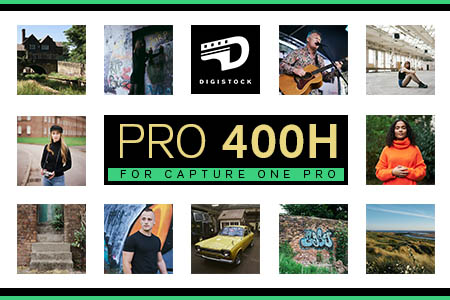Pro 400H for Capture One
£12.00
You’ll get 10% credit in Payback Points towards future orders
Fuji Pro 400H is one of the most beloved modern negative films, with a timeless, balanced look that flatters almost any subject. It’s a little cooler-toned than its Kodak competitor, and wedding and portrait photographers love to push it a stop or two for beautiful pastel colours and soft skintones.
We’ve built a versatile emulation package for Capture One Pro, doing our best to capture its beautiful subtle colours. As with all Digistock products these aren’t cheesy ‘film filters’ but a complete toolkit equally suited to both accurate emulation and general colour grading. With 18 variants in three versions (clean, 35mm and medium format) for a total of 54 unique styles, you can dial in the the look you want – whether it’s pushed, pulled or at box speed. Like the real thing, we’ve designed our film styles to be versatile for everyday use, with looks natural and subtle enough to work for any photo while staying true to the character of the film. It was a tricky balancing act to create, but we hope the results are worth it!
All our Capture One film styles are designed from the ground up to be compatible with the C1 layer system, so you’re not stuck with our idea of what looks good, either. You can tweak the opacity to blend looks and make them as bold or subtle as you like!
For analog junkies we’ve also included tools to get your photos looking as close to real film scans as possible. Every one of the 36 ‘analog‘ styles comes with custom film grain, as well as a realistic-looking reduction in acutance to emulate the lower resolution of film. There’s even my unique workflow to simulate halation effects, where the bright light sources hit the back of the negative and scatter causing a nice bloom effect.
Most preset makers don’t bother going to this level of detail, and we’re hitting the limits of what C1 can do (for example, if you’re a grain geek you’ll notice that C1’s grain engine, though lovely, is monochrome, which never looks quite right for colour films).
So there you have it – emulate the look of real scanned film, or use them to lightly sweeten and grade a digital image, it’s up to you.
What's In The Box?
Variants
Your styles come in three folders, but each folder contains the same presets – the only difference between them is the grain/sharpness. It’s your choice whether you want a realistic analog vibe or some subtle toning.
No added grain, and uses your normal settings for sharpness and noise reduction.
These versions emulate 120 film, with a fine grain and a slight softening of details. Try using this with different aspect ratios to get a typical ‘medium format’ look: 1:1 (6×6), 4:3 (6×4.5), 5:4 (6×7).
These variants emulate 35mm film stock, with a fairly noticeable grain and softer details compared to medium format. Generally works great with 3:2 images.
 Digistock Pro 400H Push
Digistock Pro 400H Push
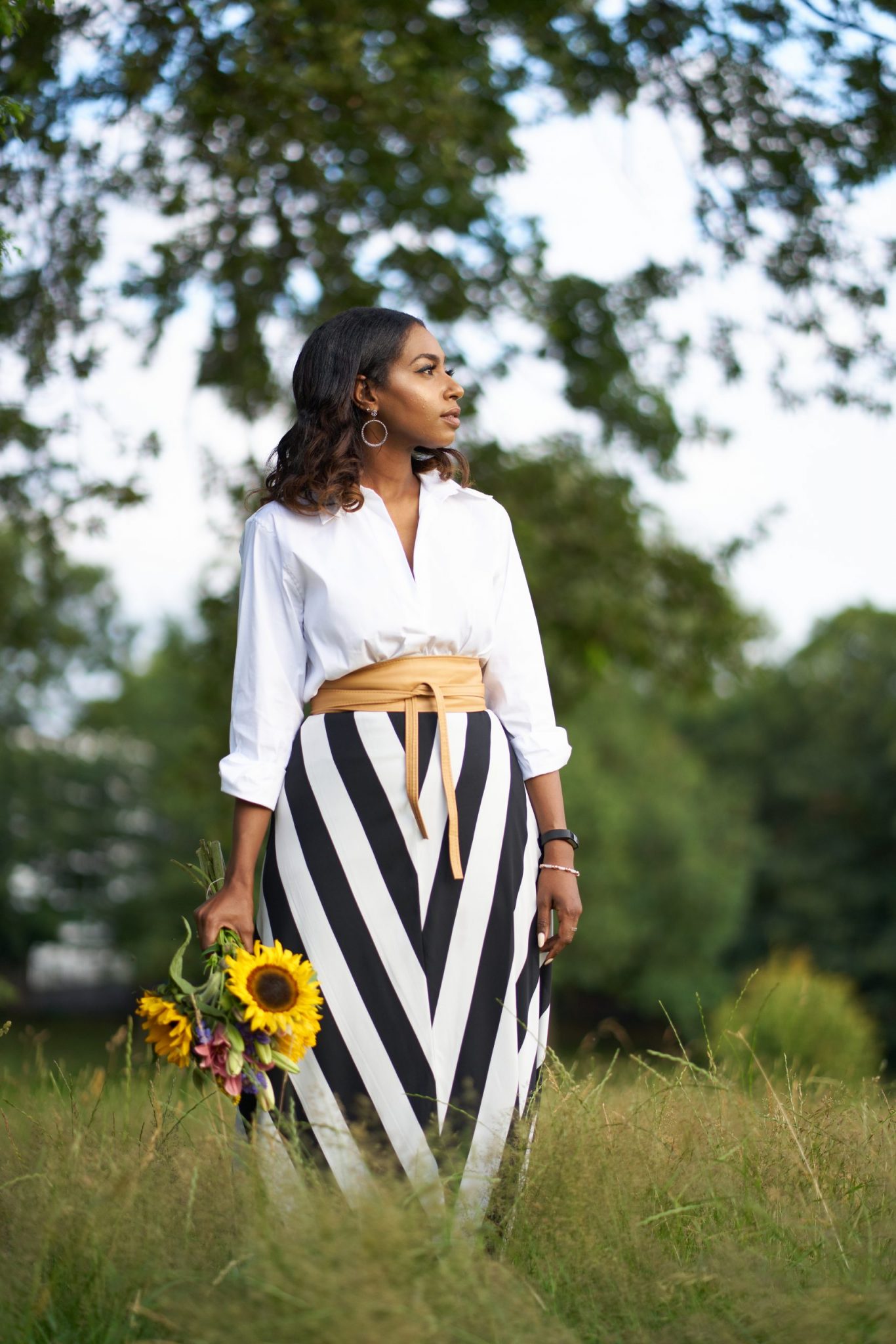 C1 Defaults
C1 Defaults
 Digistock Pro 400H Push Pastel
Digistock Pro 400H Push Pastel
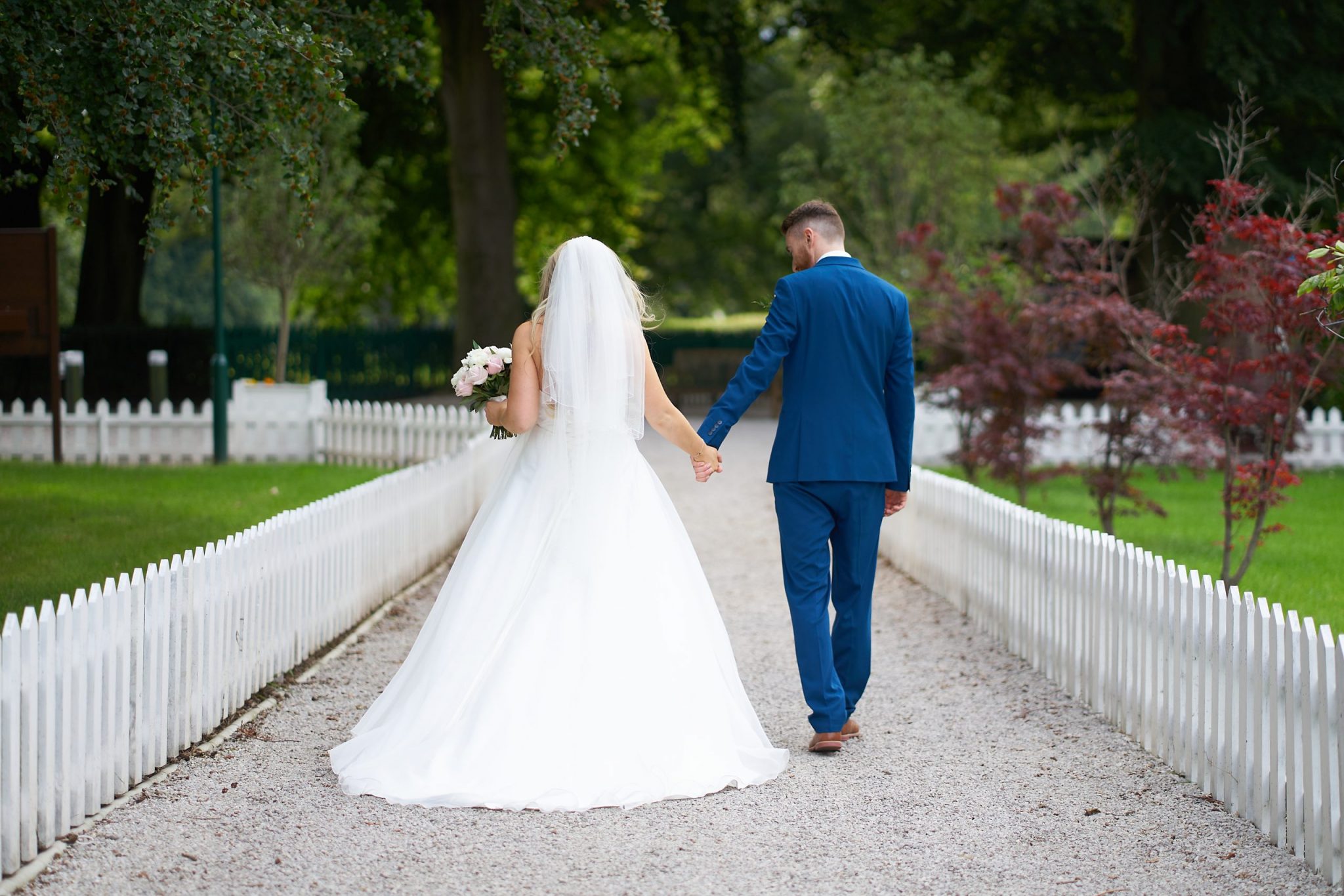 C1 Defaults
C1 Defaults
Styles
Once you’ve chosen the variant folder best suited to your work, you have a choice of 18 unique styles representing some of the different variables found when shooting analog film.
Each style (except the ‘clean’ variants) also comes with its own customised grain, softness etc.
Your starting point for a typical 400H look. Greens take on nice cyan tones, warm colours and skintones are slightly subdued, blues very subtly shift and images tend to veer towards cool/pink tonality overall. The stronger variations reduce dynamic range in the blacks and give a more faded, tinted look.
- 1A. 400H Balanced starting point; good for most subjects
- 1B. 400H+ A little warmer and more contrasty, blacks slightly lifted
- 1C. 400H++ Softer and more ‘faded’, a little less saturated. Green cast in shadows
- 1D. 400H+++ Heavy fade with strong colour cyan cast in shadows, pale skintones
- 1E. 400H– Less colour shift, a touch warmer
When underexposed in camera and then overexposed in processing, 400H takes on a stronger character. Contrast increases and the subtle shifts in colour become more pronounced. These are a little more stylised looking, especially in the stronger variants. For my specific take on the pushed ‘pastel’ look popular with wedding photographers, have a look at the 4. Pushed Pastel variants too.
- 2A. 400H PUSH Paler skintones, an overall cooler cast, and healthy contrast
- 2B. 400H PUSH+ Lower contrast than 2A but a touch more faded
- 2C. 400H PUSH++ Warm faded shadows, like expired film
- 2D. 400H PUSH+++ Heavy fade with cooler shadows, like badly scanned faded film
- 2E. 400H PUSH– More natural colours and moderate contrast
These are a hybrid, covering both pulled (downrated) and underexposed film since these share some similarities. Colours tend to be warmer, with softer contrast and a more subdued look. Stronger variants are reminiscent of underexposed film lifted in post, with heavy grain and low dynamic range.
- 3A. 400H PULL Paler skintones, an overall cooler cast, and healthy contrast
- 3B. 400H PULL+ Lower contrast than 2A but a touch more faded
- 3C. 400H PULL++ Warm faded shadows, like expired film
- 3D. 400H PULL+++ Heavy fade with cooler shadows, like badly scanned faded film
- 3E. 400H PULL- More natural colours and moderate contrast
A very popular trend amongst wedding photographers is shooting Pro 400H, usually medium format, uprated 1 or 2 stops and then scanned/processed to give a matte, pastel look without excessive contrast and muted, soft colours.
This set of presets caters specifically to those seeking that look, if the regular pushed presets aren’t strong enough. I recommend adding them as a layer and then blending the opacity to get the strength of the look you want. The + and ++ variants are stylised and faded much more than the real film, generally would be; more like colour grading.
- 4A. 400H PUSH PASTEL Muted skintones, greens heavily desaturated and shifted to cyan, blues
shifted towards cyan and with a subtle pink tone in the highlights - 4B. 400H PUSH PASTEL+ Lower contrast for a matte look, faded and with extra grain
- 4C. 400H PUSH PASTEL++ Heavily faded and toned with cyan shadows and pink highlights
 Digistock Pro 400H
Digistock Pro 400H
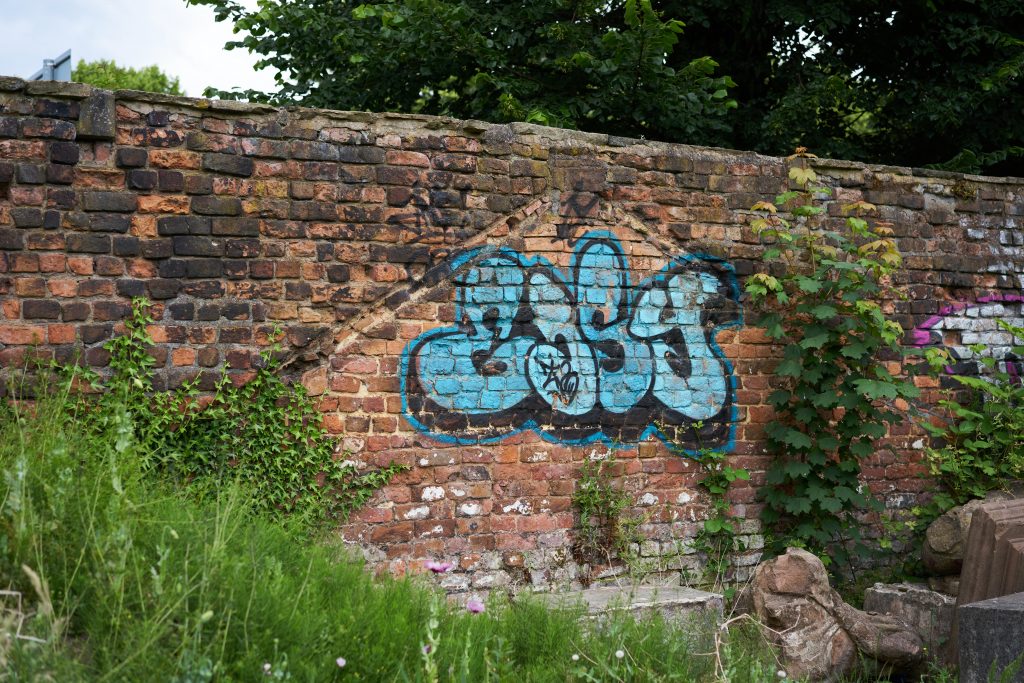 C1 Defaults
C1 Defaults
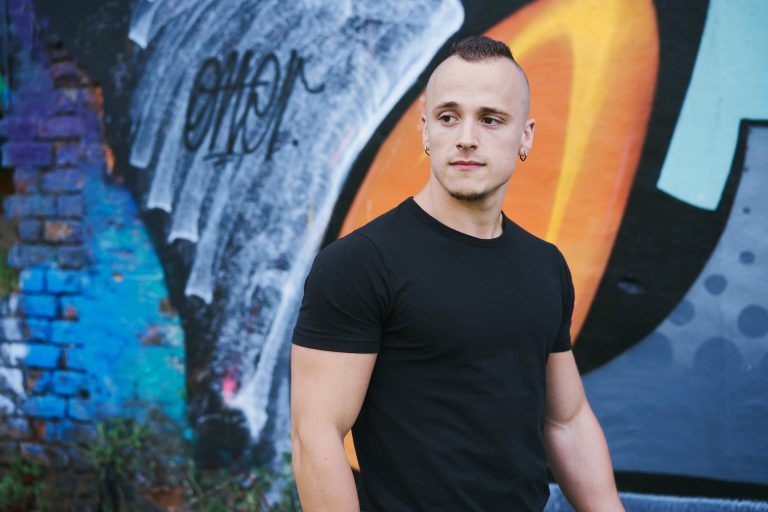 Digistock Pro 400H
Digistock Pro 400H
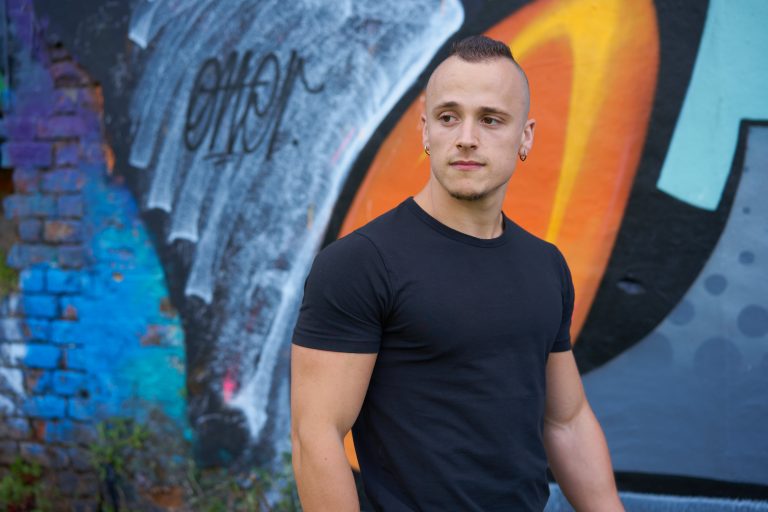 C1 Defaults
C1 Defaults
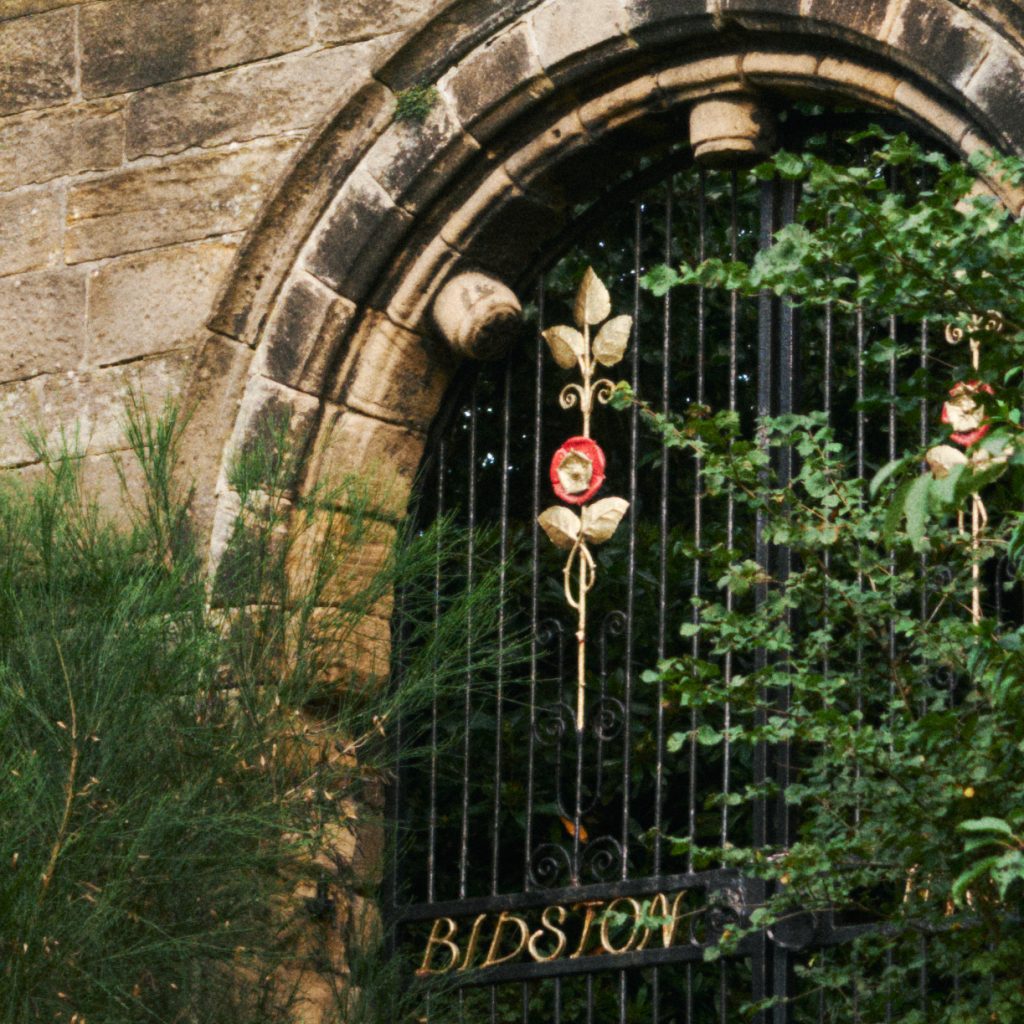 Digistick 400H + 35mm
Digistick 400H + 35mm
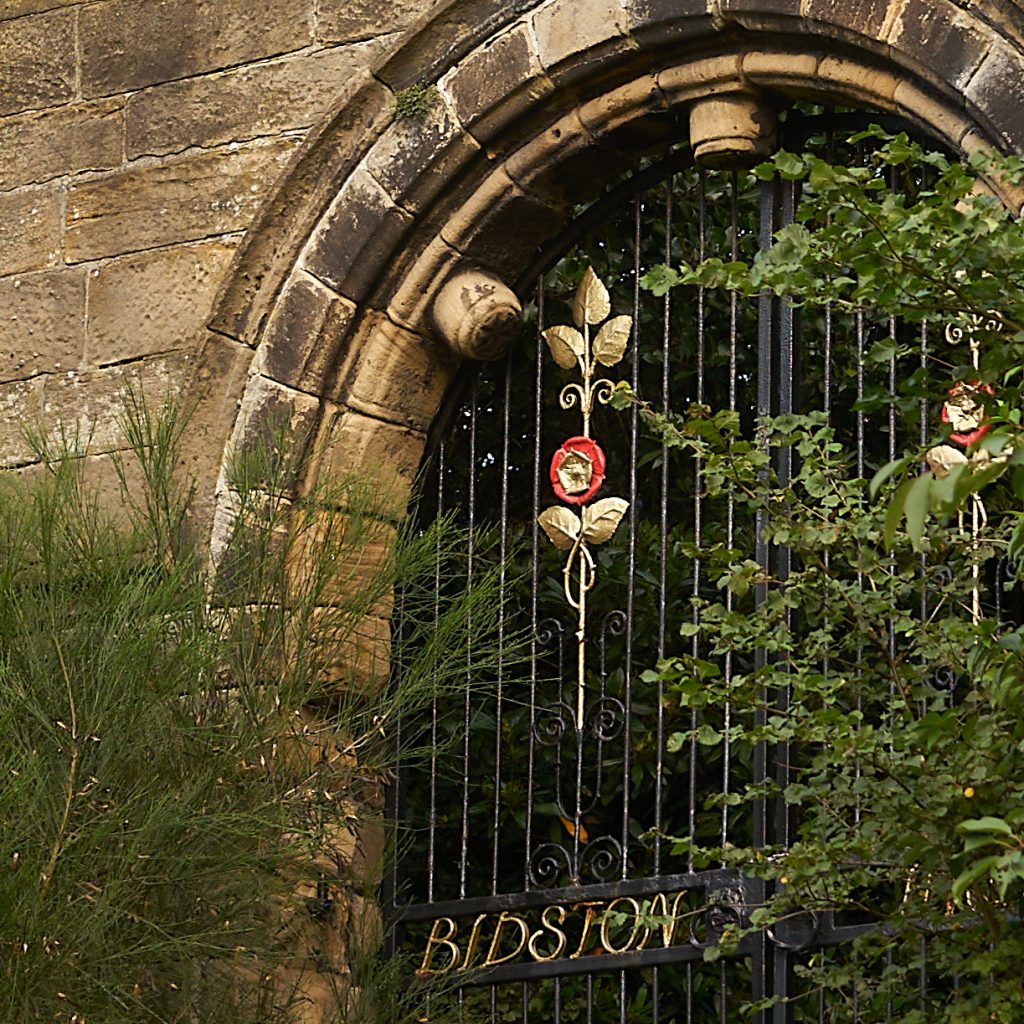 C1 Defaults
C1 Defaults
ATTENTION TO DETAIL
We’ve squeezed everything we can out of the Capture One engine to recreate the look of a real film scan with exceptional subtlety (along with less extreme versions).
Here’s some close-ups showing the way we’ve combined C1’s superb grain emulation with softening of details and our unique halation process to create images you’ll find almost indistinguishable from real film scans.
NOTE: The halation effect isn’t a one-click tool due to limitations in the C1 style style system, but it’s one of those extra little things to satisfy real film geeks.
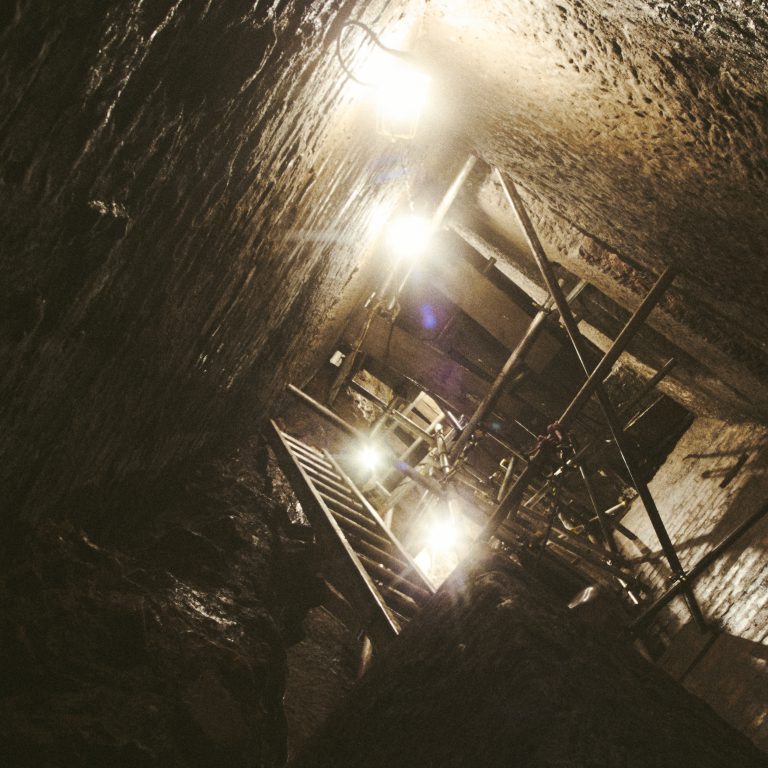 Digistock 400H Pull+++ 35mm
Digistock 400H Pull+++ 35mm
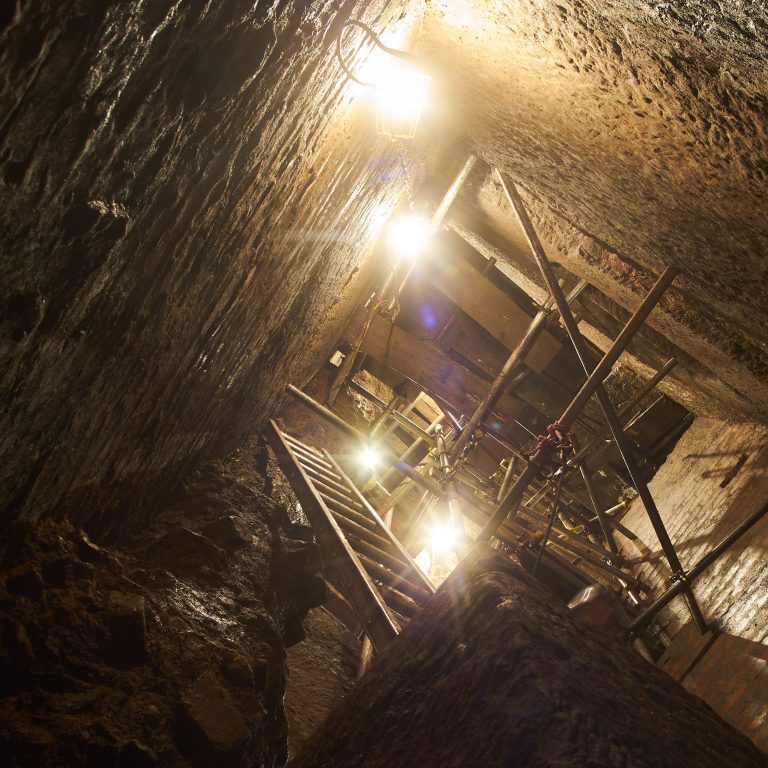 C1 Default
C1 Default
Pro 400H
For Capture One-
Compatible with Capture One 21, 20 and 12
-
Free updates to all future versions
-
Discounted pricing when you buy with other products
-
10% of your purchase back as store credit
